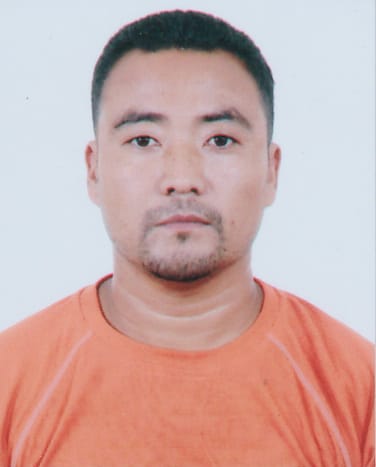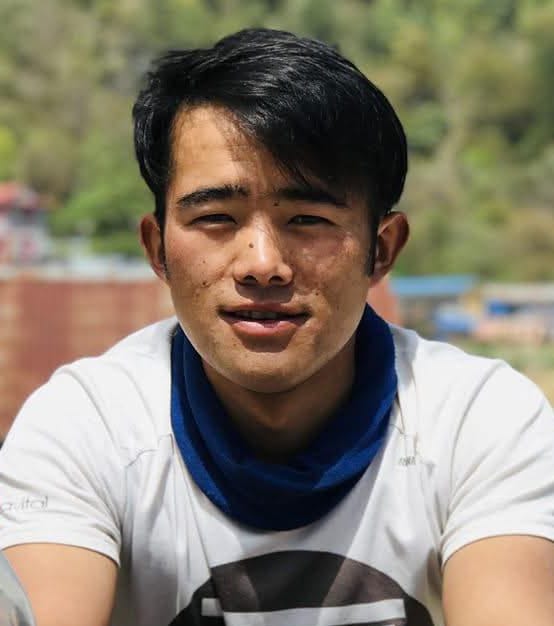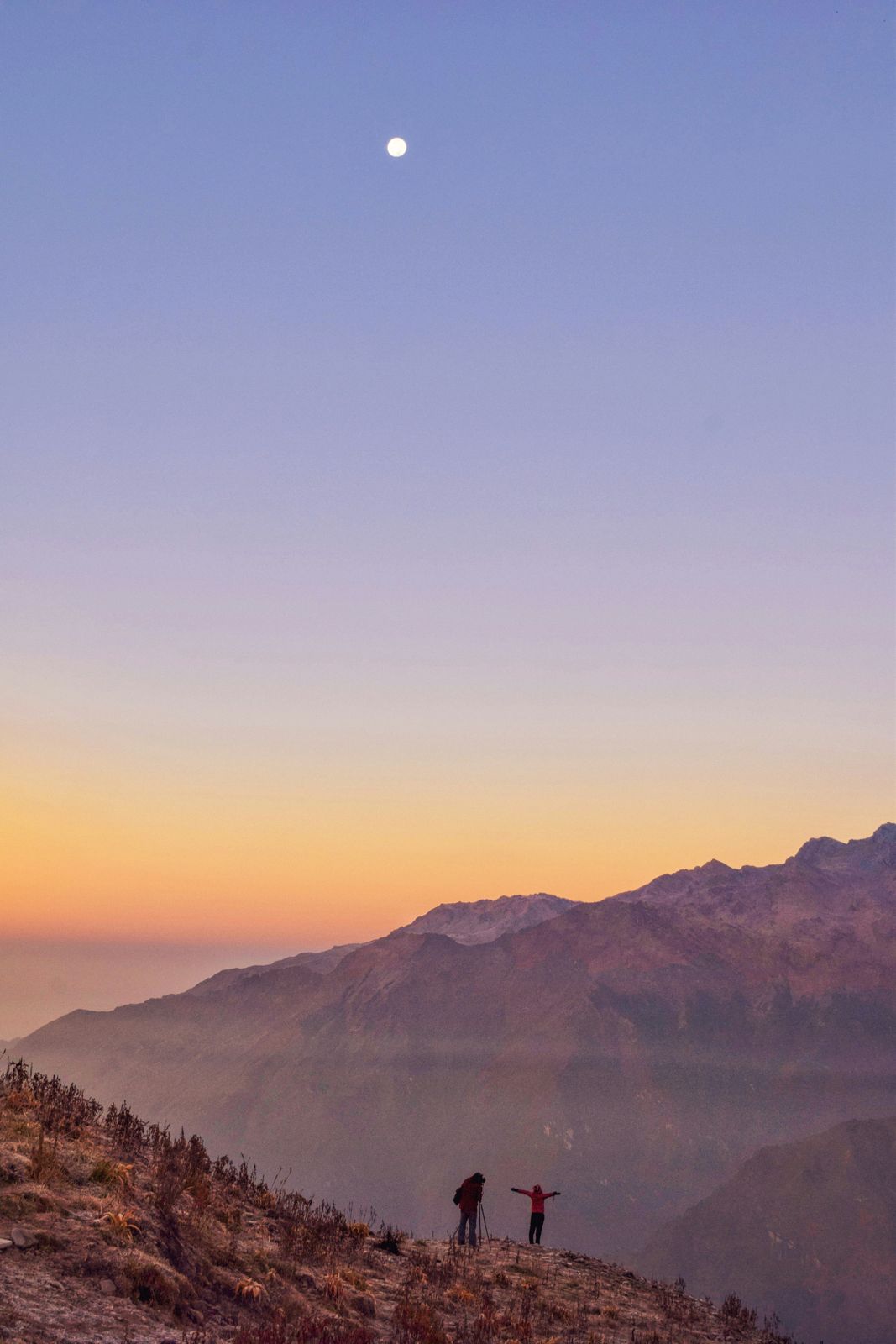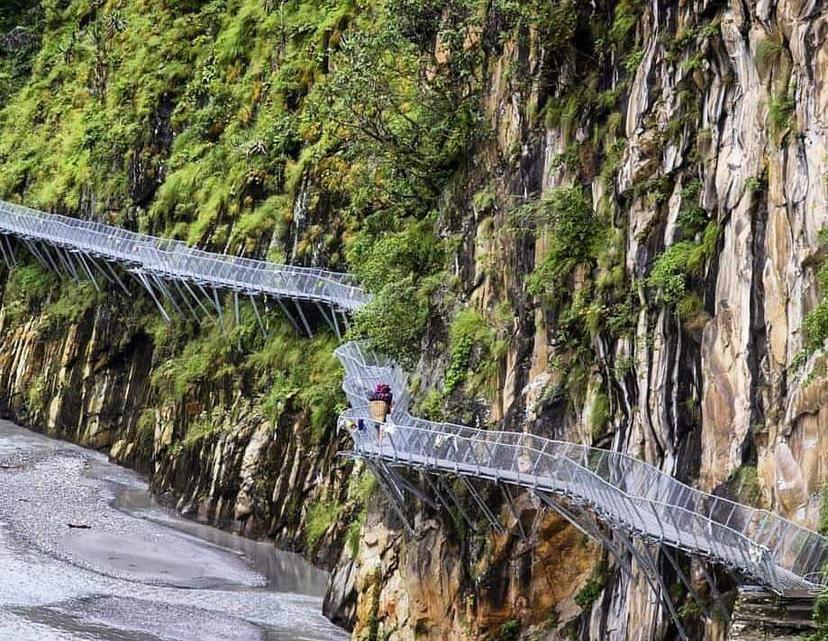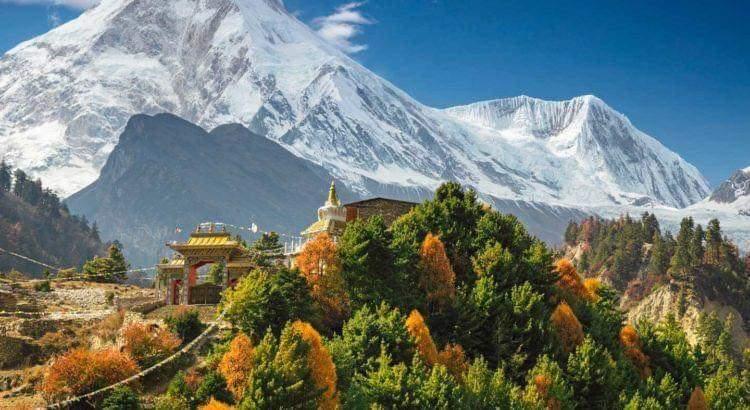1. What is the duration of the Annapurna Base Camp Trek?
The trek typically takes 10 to 14 days, depending on the route, acclimatization, and whether you include additional destination like Poon Hill.
2. How Difficult Is The ABC Trek?
It is considered a moderate trek. No technical climbing is involved, but you'll need good stamina for long walking days and some steep ascents.
3. What Is The Best Time To Trek To Annapurna Base Camp?
The best seasons are:
- Spring(March-May) for rhododendron blooms and mountain views.
- Autumn(September-November) for clear skies and stable weather.
4. Do I Need Prior Trekking Experience?
No. First-time trekkers can do this trek if they are reasonably fit. Some hiking experience is helpful but not required.
5. What Is The Total Distance Of The Trek?
The full circuit covers about 70-115 km(43-71 miles) depending on your start and end points.
6. What Is The Maximum Altitude Reached During The Trek?
The highest point is Annapurna Base Camp at 4,130 meters(13,550 feet).
7. What Gear And Clothing Should I Bring?
Essential Items:
- Layers (base, mid and outer)
- Down Jacket, rain jacket, trekking pants.
- Trekking boots, wool socks, hat, gloves.
- Water bottle, water purifier/tablets.
- Headlamp, sunglasses, sunscreen.
- Sleeping bag(some lodges provide blankets).
- Trekking poles
8. Do I Need Trekking Poles or Crampons?
Trekking poles are helpful, especially on descents. Crampons are not necessary, unless you're trekking in deep winter(Dec-Feb).
9. Can I Rent Gear In Kathmandu or Pokhara?
Yes. You can rent or buy most trekking gear in both cities at affordable rates.
10. How Fit Do I need To Be For The Trek?
You should be able to walk 5-7 hours a day with a backpack. Cardiovascular fitness is helpful.
11. Do I Need Travel Insurance?
Yes. Your policy should cover high-altitude trekking and helicopter evacuation in case of emergencies.
12. Is A Guide or Porter Necessary?
We highly recommend to have guides and porters for logistics, safety and cultural insights and light loads.
13. What Permits Are Required For The ABC Trek?
Two permits are required:
- Annapurna Conservation Area Permit(ACAP).
- TIMS(Trekkers' Information Management System) Card.
14. What Kind Of Accommodation Is Available On The Trek?
You'll stay in tea houses-simple lodges with basic twin rooms and shared bathrooms. Some offers private rooms with attached toilets in lower altitudes.
15. Is Hot Water Available For Showers?
Yes, most tea houses offer hot showers for an extra USD 2-3.
16. Is Safe Drinking Water Available On The Trek?
Yes, but use purification tablets or filters. You can buy boiled water. Bottle of mineral water is not available there.
17. What Are The Starting And Ending Points Of The Trek?
Typically start: Ulleri, Ghandruk and Jhinu Danda.
End: Jhinu Danda and drive to Pokhara.
18. Can The Trek Be Done In Combined With Other Treks like Ghorepani-Poon Hill And Mardi Himal Base Camp Trek?
Yes. Many trekkers are doing the combined trek.
19. Can We Customize The Itinerary(shorter or longer)?
Yes. The trek can be customized for time, pace, and side trips. Helicopter exit or jeep shortcuts are also options.
20. What Are The Main Highlights Of The Trek?
- Annapurna Base Camp and Sanctuary
- Close views of Annapurna I, Machhapuchhre(fishtail), Hiunchuli.
- Gurung and Magar villages.
- Natural hot springs at Jhinu Danda
- Rhododendron blooming in spring.
21. Is Altitude Sickness A Concern On This Trek?
Mild AMS is possible above 2,500 m. ABC's elevation(4,130m) is moderate, and the gradual ascent helps minimize risk.
22. What Are The Symptoms Of AMS?
Headache, nausea, dizziness, fatigue, shortness of breath. If symptoms worsen, descend immediately.
23. Is There Mobile Network or Internet Access On The Trail?
Yes. Most villages have NTC or Ncell coverage. Wi-Fi is available in tea houses for USD 1-3.
24. Do I Need To Tip My Guide And Porter?
Yes, tipping is customary. Suggested:
25. What About The Temperature By Season?
Spring(March - May):
- Day: 10-20 degree celsius at higher elevations, warm in lower areas.
- Night: Can drop to 0 degree celsius or below at base camp.
Autumn(September - November):
- Day: Clear skies and 15-20 degree celsius in the day.
- Night: Cold at higher altitude, -5 to 5 degree celsius.
Winter(December - February):
- Day: 5-10 degree celsius at lower altitude, -5 to 5 degree celsius higher up.
- Night: Can drop to -10 degree celcius or lower at base camp.
- Note: Quite trails, but risk of snow blocking the route.
Monsoon(June - August):
- Day: Warm and humit, 20-30 degree celsius in lower areas.
- Night: 10-15 degree celsius higher up.
- Note: Slippery trails, landslide risks, leeches and low visibility.

